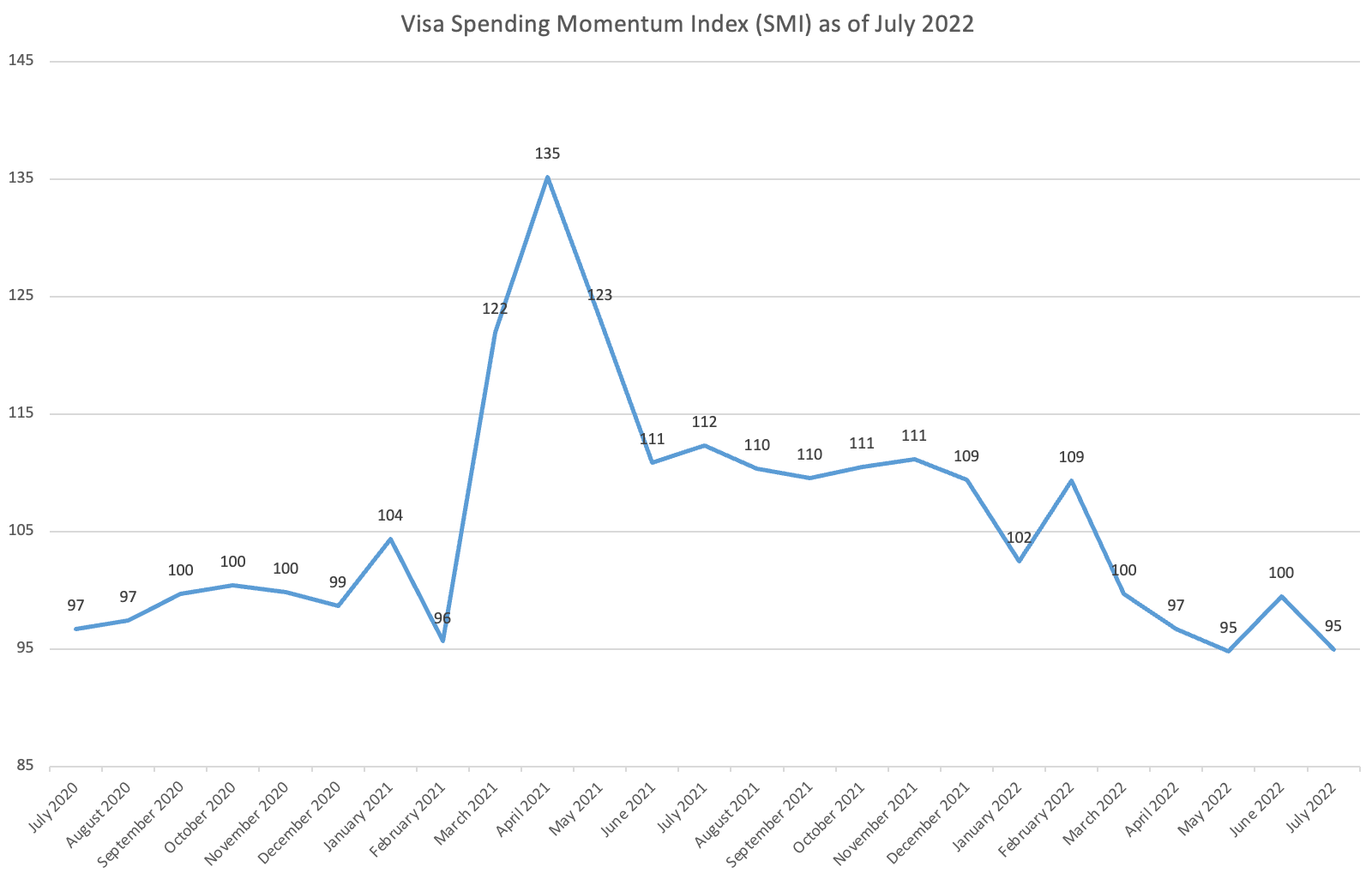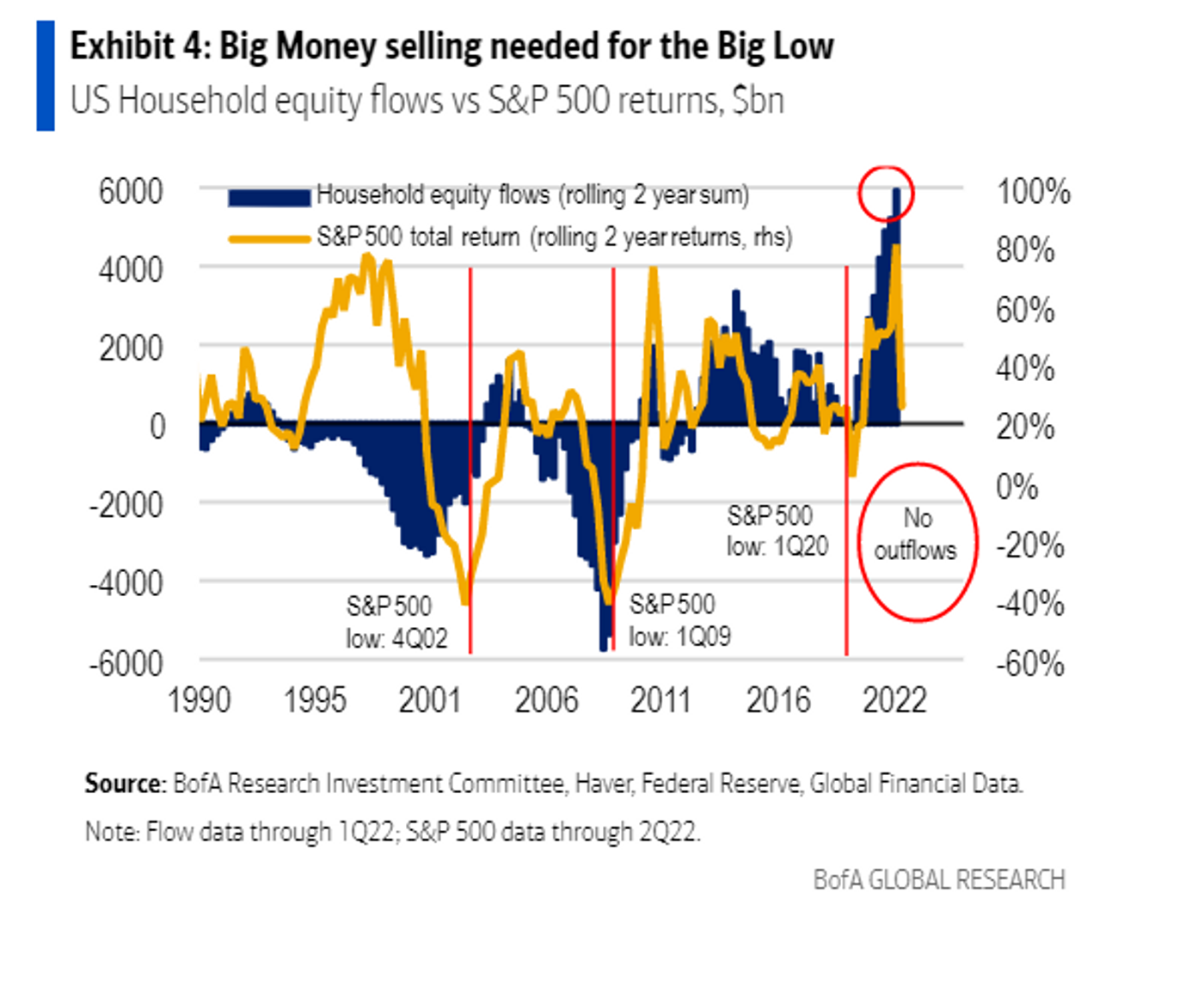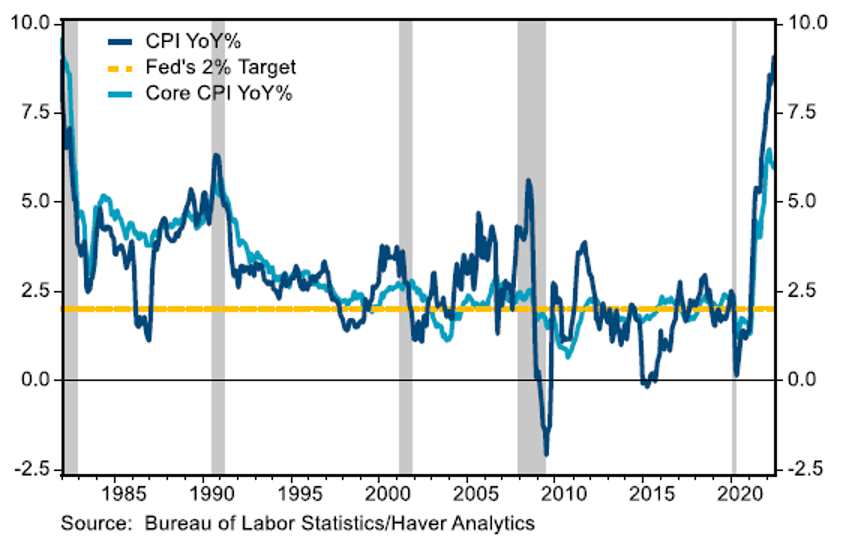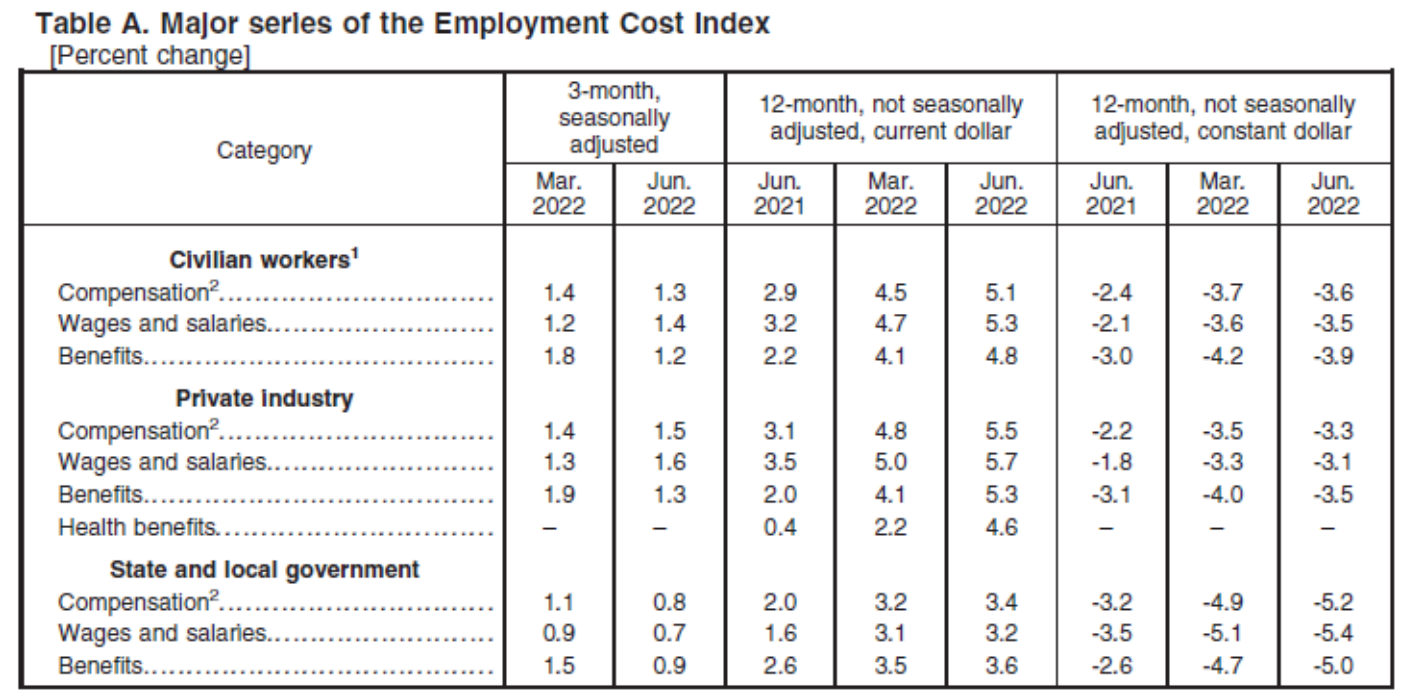Each year since 1961, The Wall Street Journal publishes an excellent account, translated to modern English, the account of the Pilgrims’ journey to Plymouth in 1620 that begins:
Here beginneth the chronicle of those memorable circumstances of the year 1620, as recorded by Nathaniel Morton, keeper of the records of Plymouth Colony, based on the account of William Bradford, sometime governor thereof. (full text below)
Of Plymouth Plantation
For those of us over 50, we were taught this account in public grade school in California in the early 1970s as it is essential to an understanding of the beginnings and the founding of this country. If this account seems esoteric to the modern reader, consider how much commentary is available regarding this remarkable account of those traveling to the new world, with courage, faith, and an astonishing will to survive. Alexis de Tocqueville in Democracy in America observes the opening comments by the early historian Nathaniel Morton and his attributing so much progress to providence:
Any reader of this opening paragraph must in spite of himself sense the solemn religious feeling thereof; one seems to breathe the atmosphere of antiquity and to inhale a sort of Biblical fragrance.
The author’s conviction heightens his language. In our eyes, as in his, it is not just a little party of adventurers going to seek their fortunes overseas; it is the scattering of the seed of a great people which God with His own hands is planting on a predestined shore.
…The immigrants, including women and children, numbered about one hundred and fifty. Their object was to found a colony on the banks of the Hudson; but after long wandering over the ocean, they were finally forced to land on the arid coast of New England, on the spot where the town of Plymouth now stands. The rock on which the Pilgrims disembarked is still shown.
This rock has become an object of veneration in the United States. I have seen fragments carefully preserved in several American cities. Does not that clearly prove that man’s power and greatness resides entirely in his soul? A few poor souls trod for an instant on this rock, and it has become famous; it is prized by a great nation; fragments are venerated, and tiny pieces distributed far and wide. What has become of the doorsteps of a thousand palaces? Who cares about them?
…It must not be imagined that the piety of the Puritans was merely speculative, taking no notice of the course of worldly affairs. Puritanism, as already remarked, was almost as much a political theory as a religious doctrine. No sooner had the immigrants landed on that inhospitable coast described by Nathaniel Morton than they made it their first care to organize themselves as a society.
…The population of New England grew fast, and while in their homeland men were still despotically divided by class hierarchies, the colony came more and more to present the novel phenomenon of a society homogeneous in all its parts. Democracy more perfect than any of which antiquity had dared to dream sprang full-grown and fully armed from the midst of the old feudal society. – Alexis de Tocqueville, Democracy in America, 1835 (trans. George Lawrence).
The State Library of Massachusetts has a remarkable facsimile of Bradford’s Manuscript, “Of Plimoth Plantation” where the firsthand accounts are journaled in longhand and includes, of course, the Mayflower Compact also available for review.
Early Thanksgiving
History.com has provided an excellent account of what occurred in the early Thanksgiving at Plymouth:
In 1621, the Plymouth colonists and the Wampanoag shared an autumn harvest feast that is acknowledged today as one of the first Thanksgiving celebrations in the colonies. For more than two centuries, days of thanksgiving were celebrated by individual colonies and states. It wasn’t until 1863, in the midst of the Civil War, that President Abraham Lincoln proclaimed a national Thanksgiving Day to be held each November.
The remarkable narrative continues after the harsh winter that half of the travelers did not survive:
In November 1621, after the Pilgrims’ first corn harvest proved successful, Governor William Bradford organized a celebratory feast and invited a group of the fledgling colony’s Native American allies, including the Wampanoag chief Massasoit. Now remembered as American’s “first Thanksgiving”—although the Pilgrims themselves may not have used the term at the time—the festival lasted for three days. While no record exists of the first Thanksgiving’s exact menu, much of what we know about what happened at the first Thanksgiving comes from Pilgrim chronicler Edward Winslow, who wrote:
“Our harvest being gotten in, our governor sent four men on fowling, that so we might after a special manner rejoice together, after we had gathered the fruits of our labors; they four in one day killed as much fowl, as with a little help beside, served the Company almost a week, at which time amongst other Recreations, we exercised our Arms, many of the Indians coming amongst us, and amongst the rest their greatest king Massasoit, with some ninety men, whom for three days we entertained and feasted, and they went out and killed five Deer, which they brought to the Plantation and bestowed on our Governor, and upon the Captain and others. And although it be not always so plentiful, as it was at this time with us, yet by the goodness of God, we are so far from want, that we often wish you partakers of our plenty.”
The Desolate Wilderness (WSJ full text)
Here beginneth the chronicle of those memorable circumstances of the year 1620, as recorded by Nathaniel Morton, keeper of the records of Plymouth Colony, based on the account of William Bradford, sometime governor thereof:
So they left that goodly and pleasant city of Leyden, which had been their resting-place for above eleven years, but they knew that they were pilgrims and strangers here below, and looked not much on these things, but lifted up their eyes to Heaven, their dearest country, where God hath prepared for them a city (Heb. XI, 16), and therein quieted their spirits.
When they came to Delfs-Haven they found the ship and all things ready, and such of their friends as could not come with them followed after them, and sundry came from Amsterdam to see them shipt, and to take their leaves of them. One night was spent with little sleep with the most, but with friendly entertainment and Christian discourse, and other real expressions of true Christian love.
The next day they went on board, and their friends with them, where truly doleful was the sight of that sad and mournful parting, to hear what sighs and sobs and prayers did sound amongst them; what tears did gush from every eye, and pithy speeches pierced each other’s heart, that sundry of the Dutch strangers that stood on the Key as spectators could not refrain from tears. But the tide (which stays for no man) calling them away, that were thus loath to depart, their Reverend Pastor, falling down on his knees, and they all with him, with watery cheeks commended them with the most fervent prayers unto the Lord and His blessing; and then with mutual embraces and many tears they took their leaves one of another, which proved to be the last leave to many of them.
Being now passed the vast ocean, and a sea of troubles before them in expectations, they had now no friends to welcome them, no inns to entertain or refresh them, no houses, or much less towns, to repair unto to seek for succour; and for the season it was winter, and they that know the winters of the country know them to be sharp and violent, subject to cruel and fierce storms, dangerous to travel to known places, much more to search unknown coasts.
Besides, what could they see but a hideous and desolate wilderness, full of wilde beasts and wilde men? and what multitudes of them there were, they then knew not: for which way soever they turned their eyes (save upward to Heaven) they could have but little solace or content in respect of any outward object; for summer being ended, all things stand in appearance with a weatherbeaten face, and the whole country, full of woods and thickets, represented a wild and savage hew.
If they looked behind them, there was a mighty ocean which they had passed, and was now as a main bar or gulph to separate them from all the civil parts of the world.
Take a few minutes to reflect on our beginnings and how much we have to be profoundly thankful for. Reflect also on the progress over the centuries, overcoming the horrors that followed these astonishing beginnings and the sacrifices of many that have helped advance this progress.







